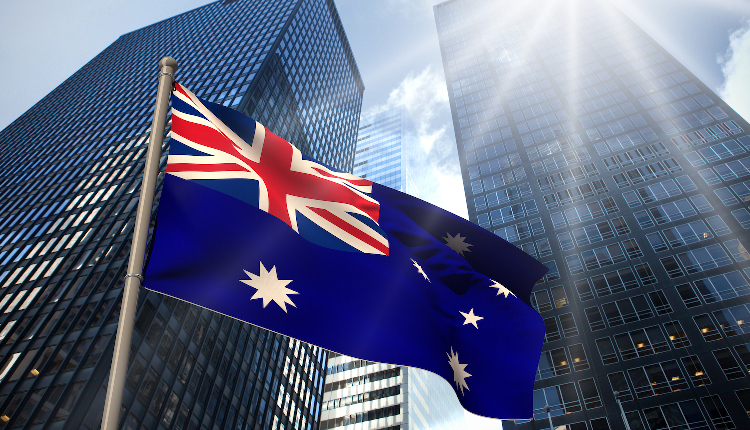Australia’s government is set to unveil another budget surplus on Tuesday, fuelled by strong employment and surging commodity prices, Reuters reported on Monday.
This windfall will allow for increased spending on measures to combat cost-of-living pressures and incentivize domestic industries.
Leading up to his third budget, Treasurer Jim Chalmers expressed optimism that inflation could fall within the central bank’s target range 2-3 per cent by year’s end, potentially aided by planned government measures.
Economists remain cautious, however, expressing concerns that such relief packages could unintentionally raise spending and further fuel inflation.
A cornerstone of the budget will be the already-legislated income tax cut, valued at A$395 billion ($260.58 billion) over a decade. Additionally, Chalmers is expected to extend expiring energy rebates.
The budget will also feature tax breaks for the Labour’s Future Made in Australia programme, designed to boost domestic industries’ competitiveness.
Increased defence spending and measures to reduce higher education costs are also anticipated.
Three major Australian banks predict consecutive fiscal year surpluses, a trend unseen since the early 2000s. ANZ projects a modest surplus of A$4.5 billion for the fiscal year ending June 2023, while Commonwealth Bank forecasts A$15 billion.
Westpac, however, predicts a surplus of A$9.4 billion this year, followed by a potential deficit of A$10.1 billion in 2024/25, partly due to rising borrowing costs.



